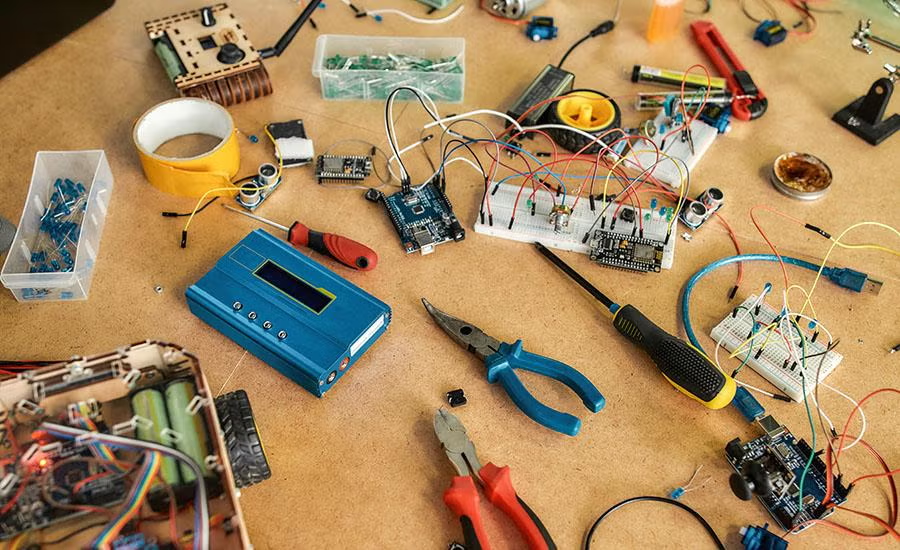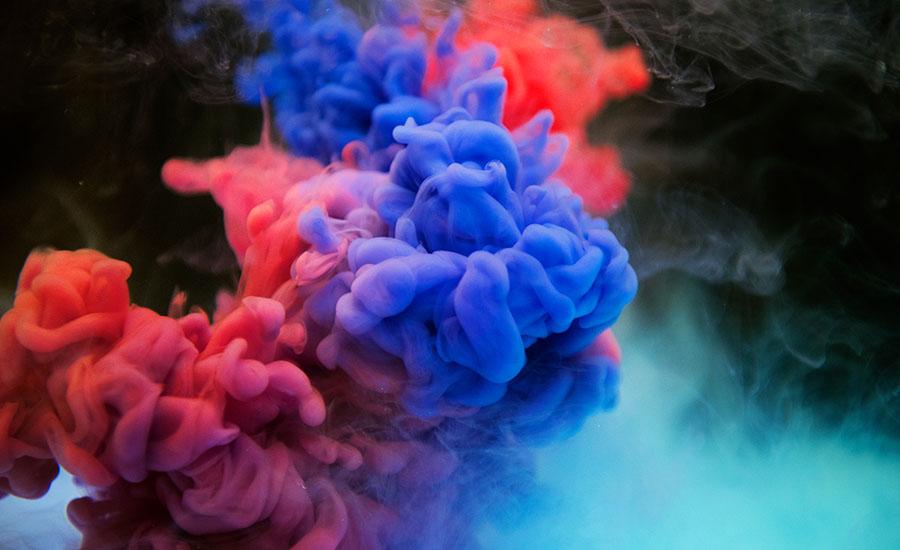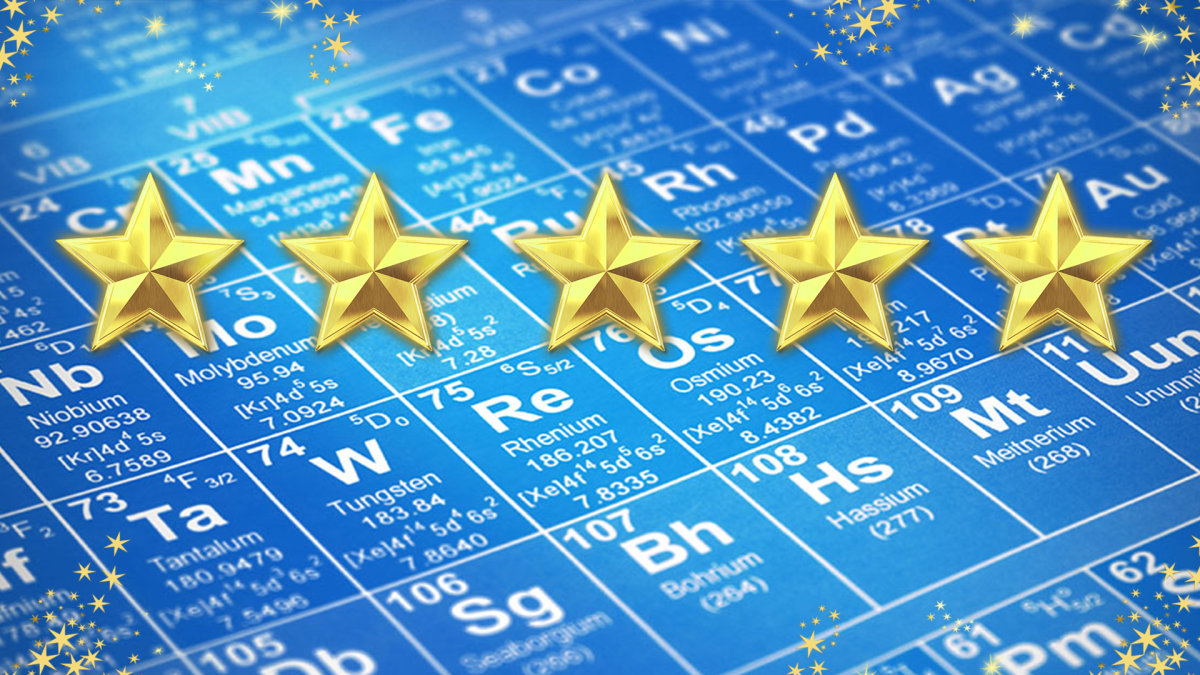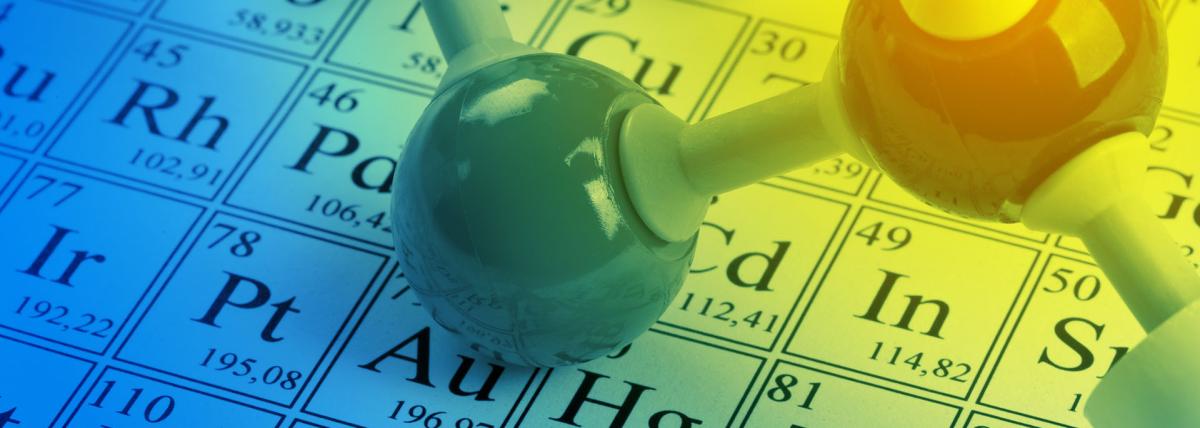
How to Design a Better Smartphone Case
by SREEVELMURUGAN VAMADEVAN
Engineers create and use new materials, as well as new combinations of existing materials to design innovative new products and technologies—all based upon the chemical and physical properties of given substances. In this activity, students act as materials engineers as they learn about and use chemical and physical properties including tessellated geometric designs and shape to build better smartphone cases. Guided by the steps of the engineering design process, they analyze various materials and substances for their properties, design/test/improve a prototype model, and create a dot plot of their prototype testing results.
This engineering curriculum aligns to Next Generation Science Standards (NGSS).
Lesson Plan Link/URL
https://docs.google.com/presentation/d/1l742Vr3bmGr4K20vR2NaaWeCrQ3r8rrN/edit?u…Related Content

Grades:
9th Grade, 10th Grade, 11th Grade, 12th Grade
Students will explore the historical use of natural pigments by indigenous peoples, particularly those native to the Southwest region. They will use mathematical concepts to paint using the pigments

Grades:
9th Grade, 10th Grade, 11th Grade, 12th Grade
The first rule in the chemistry lab is “don’t eat or drink or lick anything in the lab”! This lesson breaks those rules and shows students how culinary is really a practical application of chemistry

Grades:
10th Grade, 11th Grade, 12th Grade
In this engaging and interactive lesson, high school students (grades 10-12) will explore the fascinating world of molecular geometry using the PhET "Molecule Shapes" simulation. The lesson is